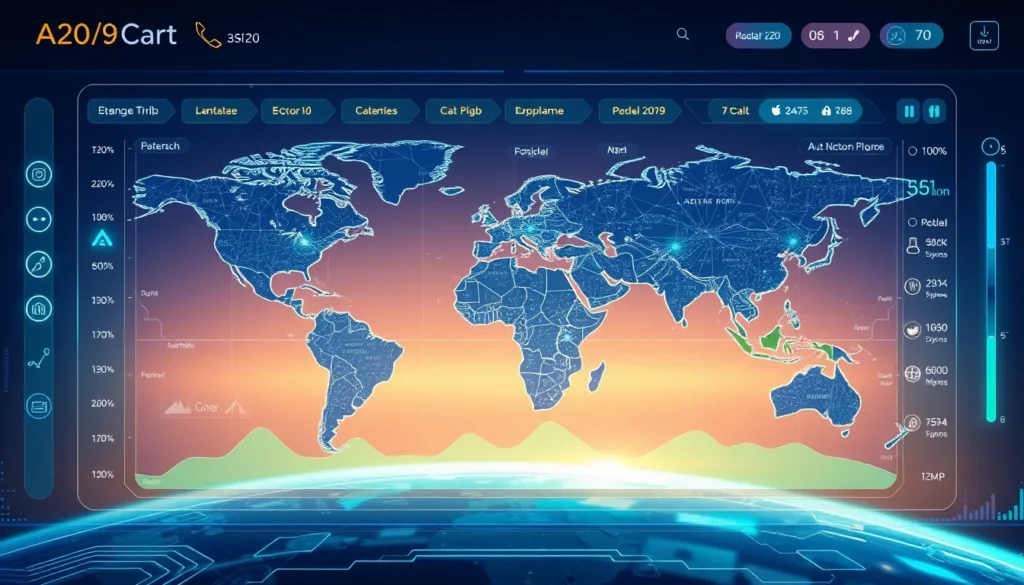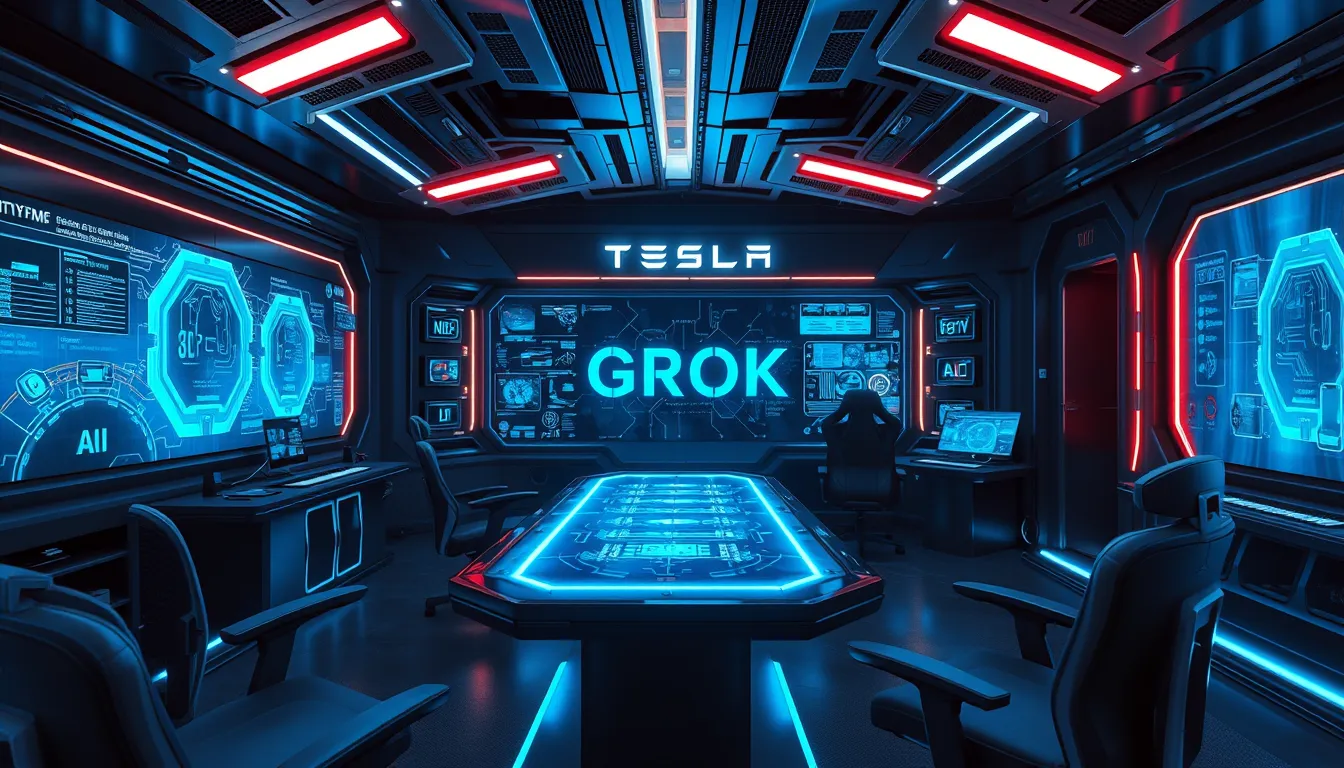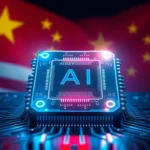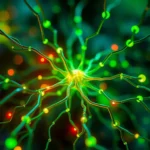Now Reading: Revolutionary AI Optimization: Thinking as Optimization for Superior Performance
-
01
Revolutionary AI Optimization: Thinking as Optimization for Superior Performance
Revolutionary AI Optimization: Thinking as Optimization for Superior Performance

Revolutionary AI Optimization: Thinking as Optimization for Superior Performance
Introduction
The world of artificial intelligence is evolving rapidly, and none of these changes are more exciting than the advent of AI optimization. This cutting-edge approach redefines how we develop and refine general-purpose AI models. By embracing the concept of thinking as optimization, researchers and industry experts are not only advancing current methodologies but also setting a new standard for machine learning development. In this article, we explore how continuous optimization for AI performance is transforming the field, unlocking greater efficiency, adaptability, and accuracy in AI systems.
Understanding AI Optimization
AI optimization involves systematically refining algorithms to achieve the best possible outcomes. The essence of AI optimization is to treat each decision and parameter as an opportunity for enhancement. As traditional AI models rely on static architectures, optimization-centric AI leverages iterative methods to adapt and improve continuously. Here are some key aspects of AI optimization:
- Iterative learning and adjustment
- Integration of advanced optimization techniques
- Reduction of manual intervention in tuning algorithms
- Continuous evaluation against real-world data
This transformation is not only mathematical but also conceptual, as it views cognitive processes as problems to be solved by optimizing each component of the AI model.
The Innovative Paradigm of Thinking as Optimization
One of the most revolutionary ideas in this approach is the concept of thinking as optimization. In this paradigm, the act of learning and decision-making is reimagined as a process of continual improvement. Instead of executing fixed instructions, modern AI systems adapt by considering every interaction as an opportunity to learn and optimize. This ongoing process ensures that the AI system doesn’t just remain effective at the time of deployment but improves and refines itself with every iteration.
Key benefits of thinking as optimization include:
- Enhanced adaptability to unpredictable data
- Reduced requirement for manual recalibration
- Improved long-term learning and performance consistency
Continuous Optimization for AI Performance
A dedicated focus on continuous optimization for AI performance is crucial for harnessing true potential in machine learning. Continuous optimization implies that every phase of the AI lifecycle, from initial training to deployment and updates, is seen as an opportunity for refinement. This long-tail strategy ensures that AI models remain agile and responsive.
- It drives scalability by allowing models to adapt to growing amounts of data.
- It minimizes the risk of model stagnation or obsolescence, as systems are always tuned for optimum performance.
- It facilitates the integration of new features and insights without overhauling existing systems entirely.
In practice, continuous optimization for AI performance involves setting up systems that constantly monitor performance indicators and adjust parameters automatically. For a more in-depth understanding of how AI adapts, visit the comprehensive resource available on Wikipedia at Wikipedia – Artificial Intelligence.
Applications in Real-World AI Models
The optimization-centric approach to AI is not merely theoretical—it has tangible applications in real-world scenarios. AI optimization finds utility in numerous fields, including natural language processing, computer vision, and predictive analytics. When models are designed for continuous optimization, they:
- Achieve higher accuracy in dynamic environments
- Demonstrate improved robustness in handling noisy or ambiguous data
- Require less manual oversight during deployment and maintenance
Many companies are now integrating these techniques into their AI development frameworks. For instance, startups and research institutions are keenly adopting strategies where every iteration becomes an opportunity for learning and improvement. This shift represents a significant departure from traditional models that once relied heavily on predefined algorithms.
Integrating Advanced Optimization Techniques
Advanced optimization techniques are at the heart of these innovations. Some of these methods include:
- Gradient Descent Variants: These are crucial for fine-tuning AI models by minimizing errors iteratively.
- Regularization Methods: They help prevent overfitting by penalizing excessive complexity in models.
- Evolutionary Algorithms: These simulate the process of natural selection to evolve solutions over time.
The combination of these techniques under the banner of AI optimization is enabling new benchmarks in model performance that were previously thought to be unreachable.
Future Directions and Conclusion
Looking forward, the potential for AI optimization continues to expand. The integration of continuous optimization and the engagement with thinking as optimization push the boundaries of what is possible in machine learning. Future models are expected to be more efficient, adaptable, and capable of solving increasingly complex challenges with minimal human intervention.
In summary, AI optimization is not just a methodology—it’s a transformative approach that marries continuous improvement with sophisticated technology. Through iterative optimization, thorough tuning of algorithms, and the implementation of advanced learning strategies, the AI community is setting a new standard in machine learning development. As research advances, it is clear that businesses and technology providers who embrace these techniques will lead the next wave of innovation in AI. For further reading and related insights, check out the authoritative resource provided by MIT Technology Review.
By investing in robust processes like continuous optimization for AI performance and embedding the concept of thinking as optimization, organizations can harness the true potential of AI optimization, achieving peak performance and sustained innovation in their systems.
Conclusion
In conclusion, the era of AI optimization is here, and it is revolutionizing how we understand and develop intelligent systems. Through a committed approach to continuous refinement and leveraging advanced optimization techniques, the future of AI looks brighter than ever. Embracing this mindset not only guarantees better performance but also ensures that models are resilient, adaptable, and ready to meet the challenges of tomorrow’s digital landscape.

























